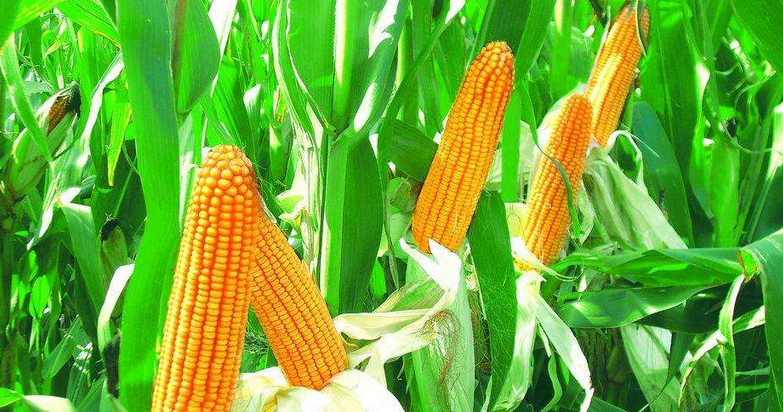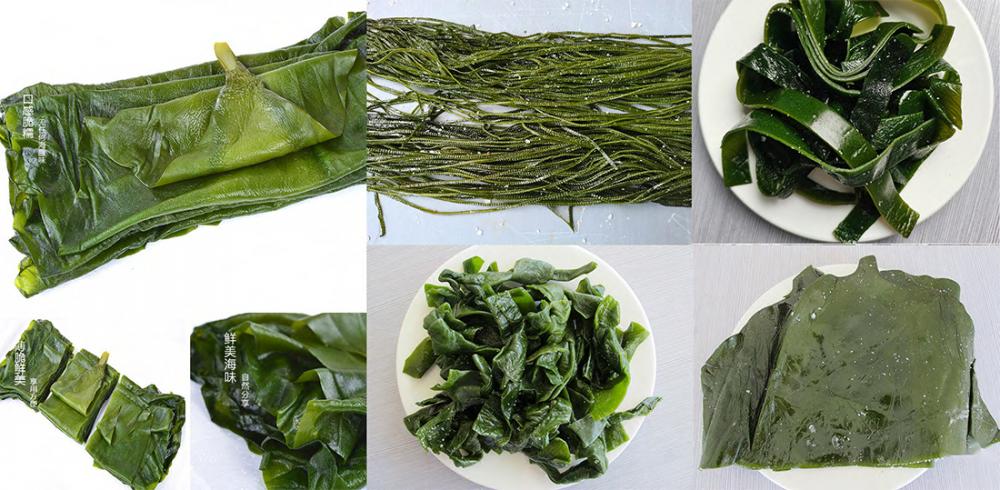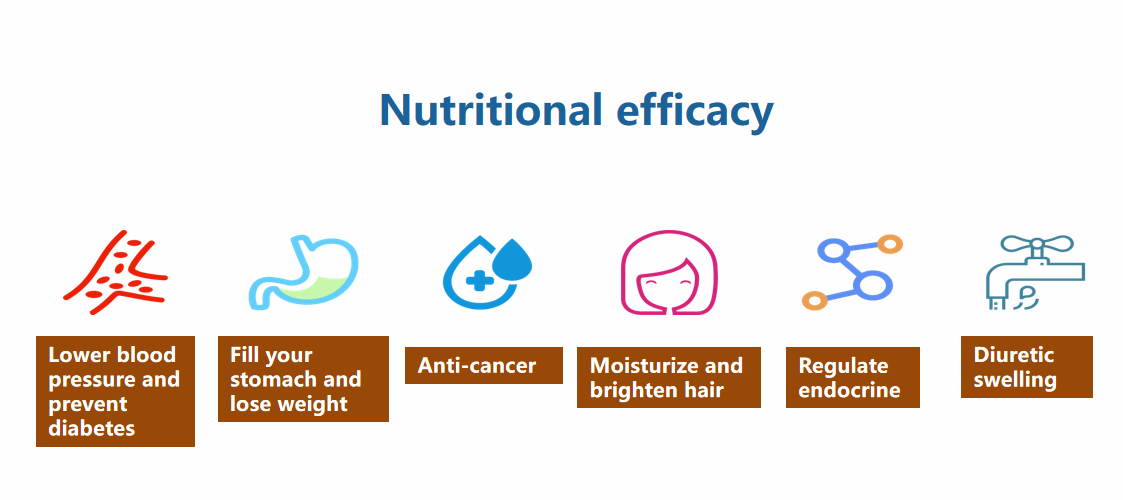The phenomenon that corn does not produce spikes or has spikes but is not strong and grains are not full is common in corn production fields in our region, which restricts the increase of corn yield.
First, the constraints
Variety selection
The inbred lines are highly degraded, and the quality of the parent seeds is poor, the purity is low, and the individual development is poor, which reduces the yield-increasing effect of the hybrids; the influence of the internal factors of the seeds, such as physiological function degradation, metabolic disorders, and in vivo transmission system disorders, etc. No ears, affecting yield.
2. Soil fertility
The field has poor fertility, low organic matter content, imbalance of nitrogen, phosphorus and potassium fertilizers, lack of boron and zinc fertilizers, and insufficient topdressing, which makes the ear development slow, unable to normal pollination and increase the empty stalk rate.
3. Cultivation density
The planting density is too large, and the plants are shielded from each other, which causes the filaments of the ear to develop poorly, pollination is poor, and the yield is reduced.
4. Pest hazards
There are many pests and diseases in corn, especially large (small) spot, smut, corn borer, leafhopper, etc., which destroys the ear tissue of the corn, consumes nutrients in the plant, affects the development of the ear, and reduces the yield.
5. Climate factors
The rain is too large, the ventilation is poor, the dry hot wind or the mid-term low temperature chilling, the heading is not timely, affecting or inhibiting the differentiation of the young spikes, resulting in reduced production.

Second, prevent countermeasures
Variety selection
Selecting varieties with high yield, high yield potential, high quality, strong resistance, adaptability and compactness, the main varieties in northern Xinjiang are Xinyu No.18, Denghai No.9, SC~704 and Nongda 108. the Lord.
2. Seed treatment
Seed coating and seeding before sowing, and seed dressing with carbendazim powder 1:1000 to control pests and diseases.
3. Sowing time
The determination of the sowing date in each place must be based on the climatic data of the previous years and the law of meteorological disasters. Before the corn plucking and pollination period is arranged before the drought, the corn mulching, seedling transplanting and sowing period are 10 to 15 days earlier than the conventional planting to transplant. It is advisable to avoid the local frost period during the emergence of mulch corn. During the period of suitable broadcasting, the early broadcast will be carried out, and the favorable climatic conditions in the late spring and early summer will be fully utilized to avoid the drought. The temperature in our district is low in the early stage, the growth in the upper part is slow, and it is easy to grow seedlings, which can enhance the drought resistance. Early sowing can also prolong the growth period, increase the accumulation of nutrients, and create conditions for large ears, more grains, full grains, and increased grain weight.
4. Fertilizer management
According to the formula fertilization, skillfully apply potassium fertilizer, supplement boron, zinc and other micro-fertilizers, topdressing should lightly apply seedling fertilizer, skillfully apply fertilizer, re-apply attacking fertilizer, and apply granular fertilizer. When the phosphorus and potassium fertilizers in the base fertilizer are insufficient, the application is appropriately increased at the jointing or large bell stage. The corn jointing period is 667 square meters and the urea is 10 kilograms, and the field water holding capacity is kept at 65% to 70%. In the big bell period, 667 square meters of urea is 10 to 15 kilograms, and the water holding capacity is maintained at 70% to 80%. If the soil water holding capacity is lower than this level, timely irrigation is required. In the stage of pollination and pollination, 667 square meters of urea was 5 kg. Foliar spraying of plant growth regulators in the growing season of maize to prolong the functional period of the leaves, promote roots and strong stalks, and meet the nutrient requirements of ear differentiation.
5. Planting density
The planting density of corn is determined according to factors such as soil fertility, fertilization level, variety characteristics, and cultivation level. For example, in the mid-late maturity, long growing period, large-ear type, 667 square meters should retain 3800-4000 strains; medium-early maturity, short-lived, small spike-type varieties, 667 square meters retained 4200 to 4500 should. When determining the density, the density of the same variety should not only fully consider the plant type structure, but also consider the sowing date, the fertility level of the planting plot, the fertilizer field should be thin, the thin field should be dense, and the local conditions should be flexible.
6. Field management measures
The corn seedlings grow to three leaf time seedlings, and there are crowded seedlings, weak seedlings and sick seedlings. When the corn seedling grows to 5 leaves, the seedling density is fixed according to the reservation, so that it can be weak and stay strong, go to small and stay big, and strive for the seedlings and seedlings. Do a good job of weeding and weeding, and do a good job in monitoring the pests and diseases. It is mainly based on the prevention and control of spotting. It is forbidden to prevent the generalization, and the method of dropping and spraying is adopted for the occurrence of pests. The control effect is obvious. For each 667 square meters, use 1.5 to 2 kilograms of carbofuran granules and 15 to 20 kilograms of sand or fine slag. Mix well and spread it in corn heart.
Before flowering, it can be detached to the male, and the long leaves can be cut to the top 3 to 7 cm. At the same time, in the sunny morning, after being dried, the rope is pollinated by the pull rope method or the shaking method, once every 2 to 3 days. 2 to 3 times in a row, it can increase pollination opportunities and promote fullness of the ears. In the middle and late stages of corn leaf, the stalk between the first and second leaves of the upper part is lightly folded for the individual plants that have not yet been knotted, so as not to break. For moderation, increase the chance of pollination.
Salted Wakame Stalks
The original ecological Wakame means that we pack the young Wakame with saturated salt water directly after washing without any preservatives.Original ecological products are the favourite of housewives.
How to eat:
- Soaking about 30 minutes to moderate salty
- Cook . make salad or add to hot pot after draining the wate

The difference between deep sea kelp and traditional ordinary kelp
Nutrational Effects

Salted Wakame Stalks,Salted Wakame,Natural Spirulina,Vegetables From The Sea
Shandong Haizhibao Ocean Science and Technology Co.,Ltd. , https://www.haizhibaoseafood.com